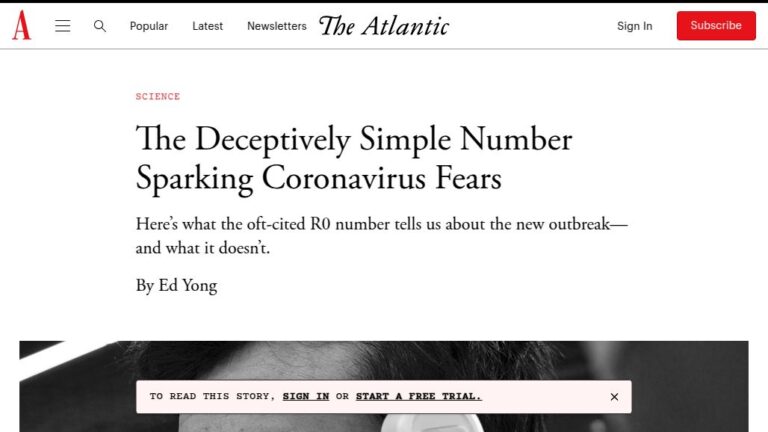When a new disease emerges, health organizations turn to a seemingly simple number to gauge whether the outbreak will spread. It’s called the basic reproduction number—R0, pronounced R-nought—and though useful for decision makers, it’s a nightmare for public communication.
In brief, R0 is the average number of people who will catch the disease from a single infected person, in a population that’s never seen the disease before. If R0 is 3, then on average every case will create three new cases. R0 is important because if it’s greater than 1, the infection will probably keep spreading, and if it’s less than 1, the outbreak will likely peter out.
But even though it seems incredibly straightforward, it’s hard to calculate, and tricky to interpret what that means for the course of the desease.

